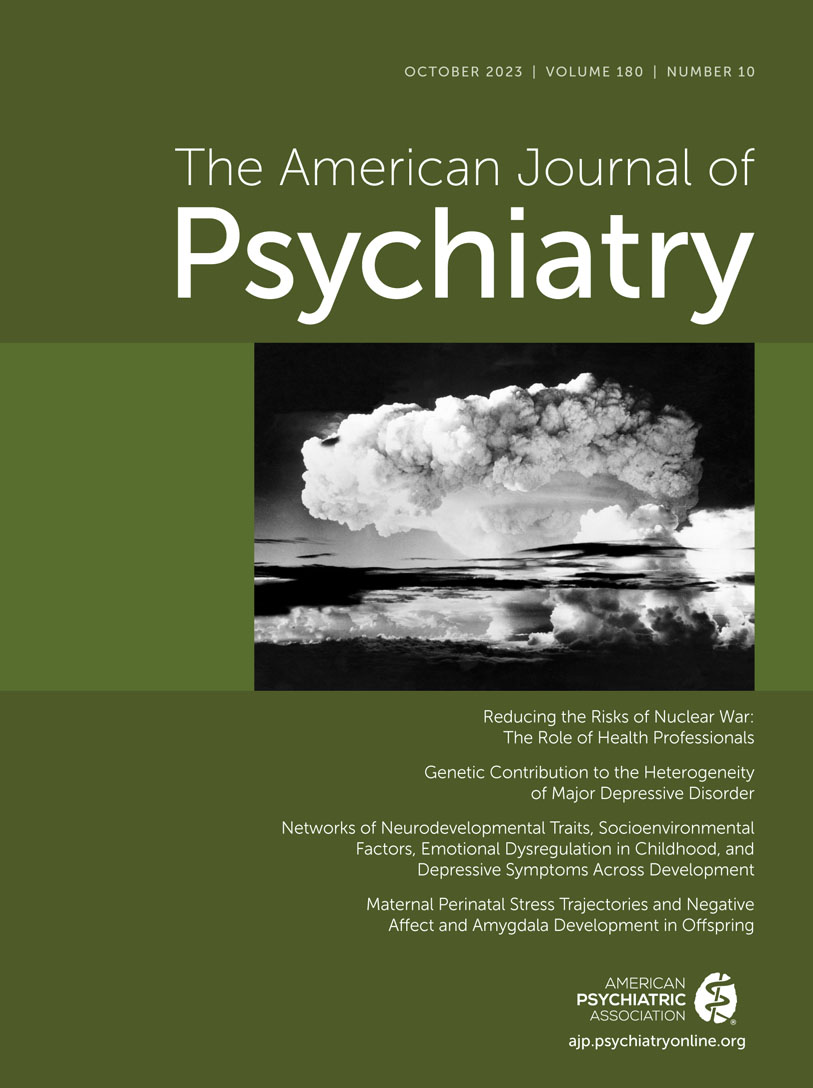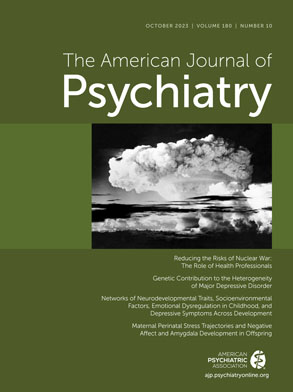Maternal Perinatal Stress Trajectories and Negative Affect and Amygdala Development in Offspring
Abstract
Objective:
Methods:
Results:
Conclusions:
Methods
Participants
Maternal Psychological Stress Measures
Infant Negative Affect
Resting-State Functional Connectivity MRI
Amygdala Connections
Analytical Approach
Results
Maternal Trajectories of Perinatal Stress
Model-based clustering approach and magnitude of maternal perinatal stress.
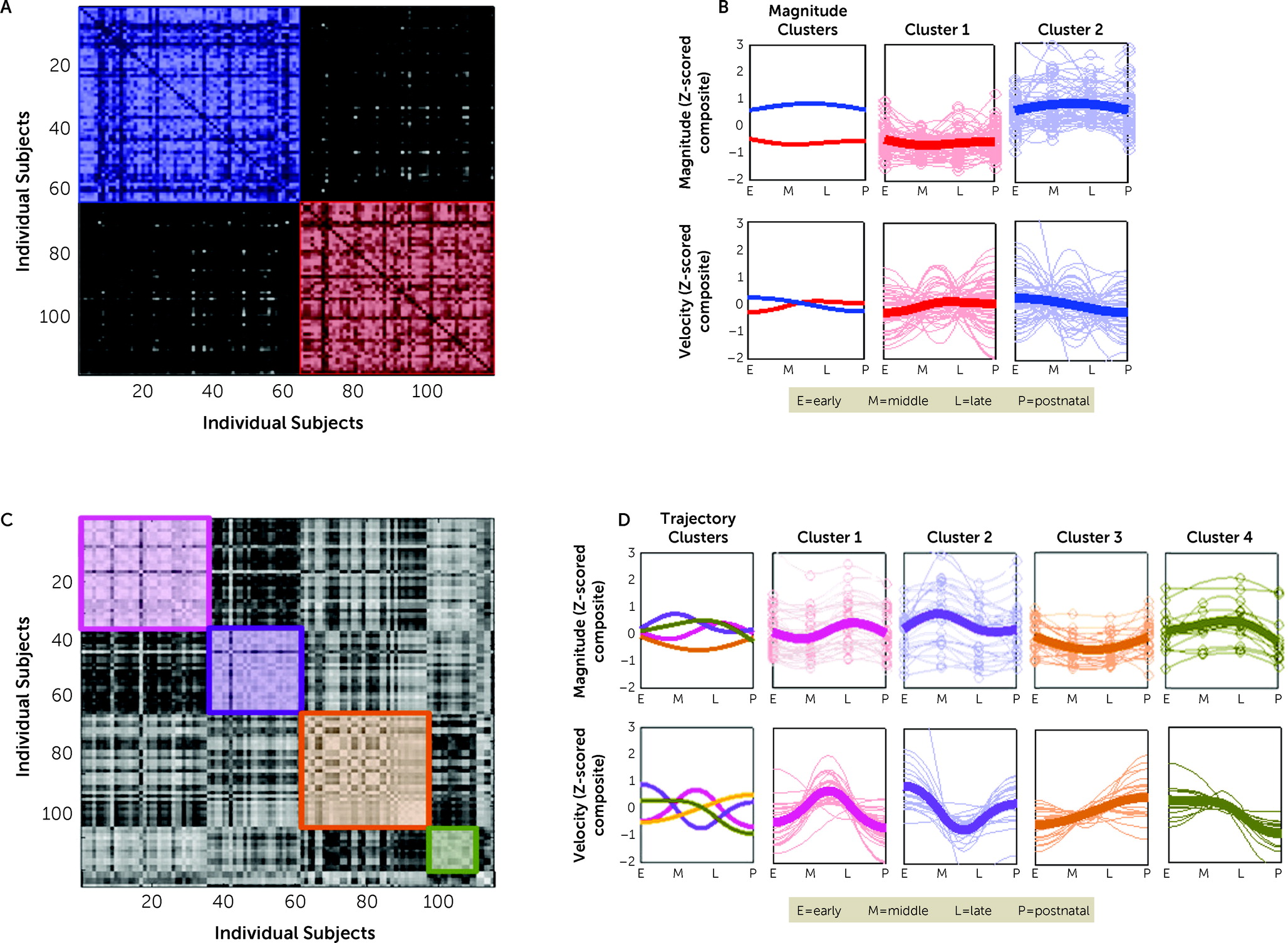
Correlation-based clustering approach and shape and velocity of maternal perinatal stress.
Replication in FinnBrain Cohort
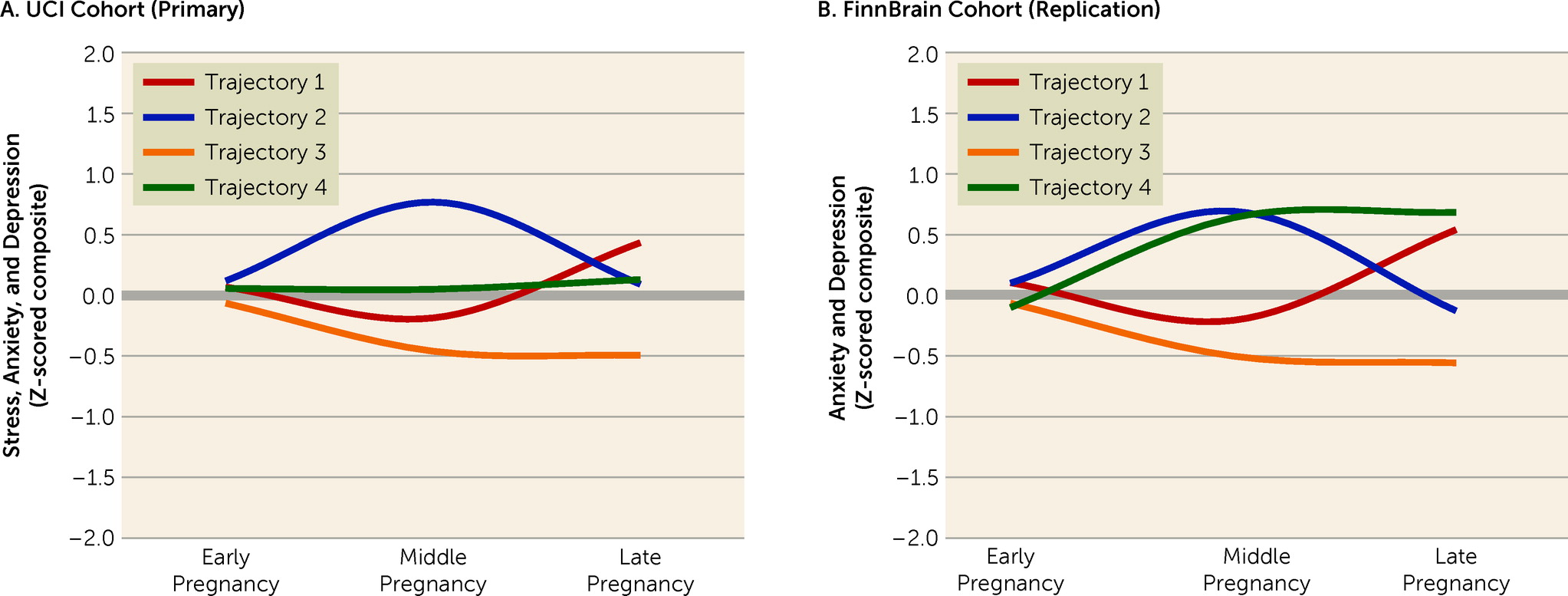
Maternal Perinatal Stress Clusters and Infant Negative Affect Development
Magnitude clusters.
Trajectory clusters.

Replication of Association Between Maternal Antenatal Stress and Infant Negative Affect
Maternal Perinatal Stress Clusters and Infant Functional Connectivity
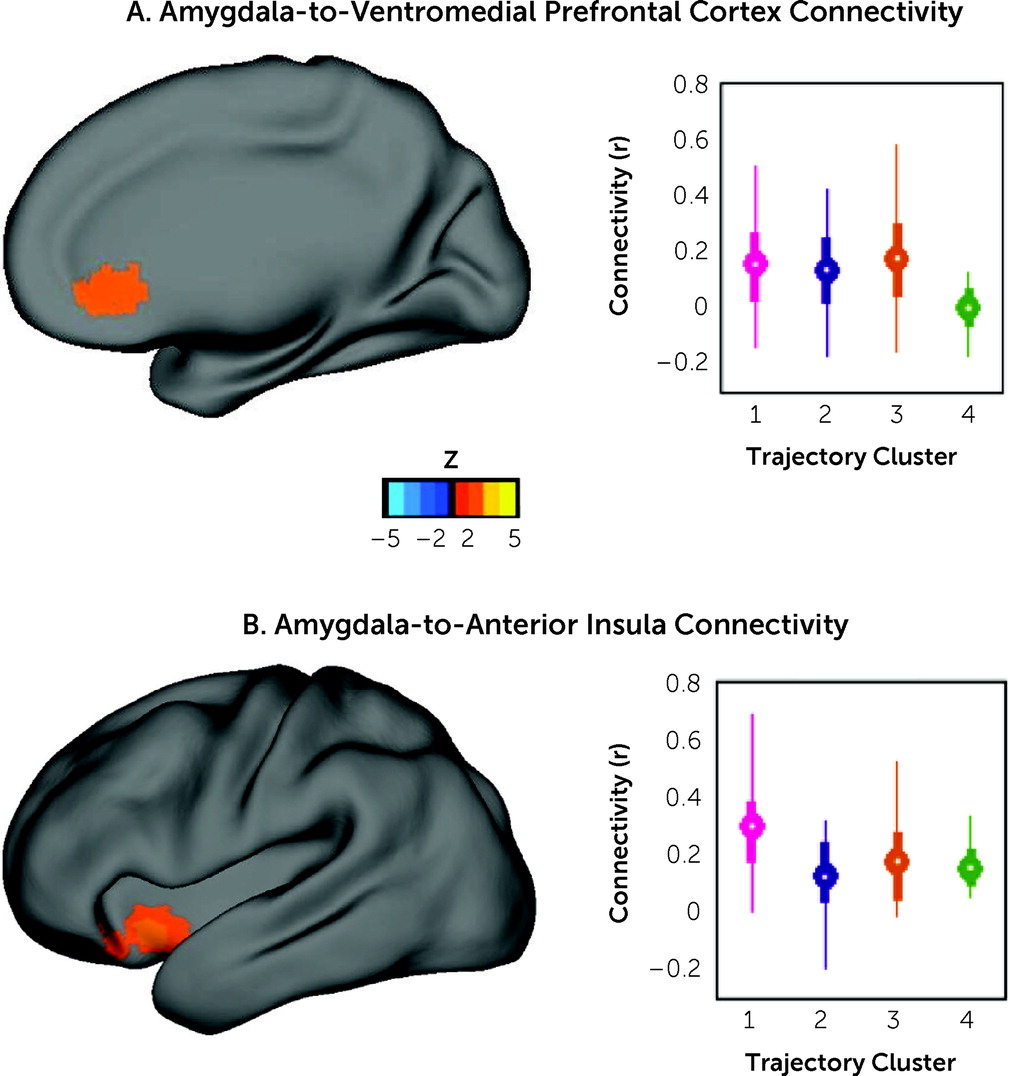
Discussion
Maternal Stress in Middle or Late Pregnancy and Infant Negative Affect Development
Maternal Stress Trajectories and Neonatal Amygdala Connectivity
Maternal Stress Trajectories and Differential Infant Negative Affect Development
Maternal-Placental-Fetal Biology, Maternal Psychological Stress, and Brain Outcomes of Offspring
Importance of the Third Trimester for Brain Development
Limitations and Additional Considerations
Conclusions
Supplementary Material
- View/Download
- 636.11 KB
REFERENCES
Information & Authors
Information
Published In
History
Keywords
Authors
Competing Interests
Funding Information
Metrics & Citations
Metrics
Citations
Export Citations
If you have the appropriate software installed, you can download article citation data to the citation manager of your choice. Simply select your manager software from the list below and click Download.
For more information or tips please see 'Downloading to a citation manager' in the Help menu.
View Options
View options
PDF/EPUB
View PDF/EPUBLogin options
Already a subscriber? Access your subscription through your login credentials or your institution for full access to this article.
Personal login Institutional Login Open Athens loginNot a subscriber?
PsychiatryOnline subscription options offer access to the DSM-5-TR® library, books, journals, CME, and patient resources. This all-in-one virtual library provides psychiatrists and mental health professionals with key resources for diagnosis, treatment, research, and professional development.
Need more help? PsychiatryOnline Customer Service may be reached by emailing [email protected] or by calling 800-368-5777 (in the U.S.) or 703-907-7322 (outside the U.S.).
